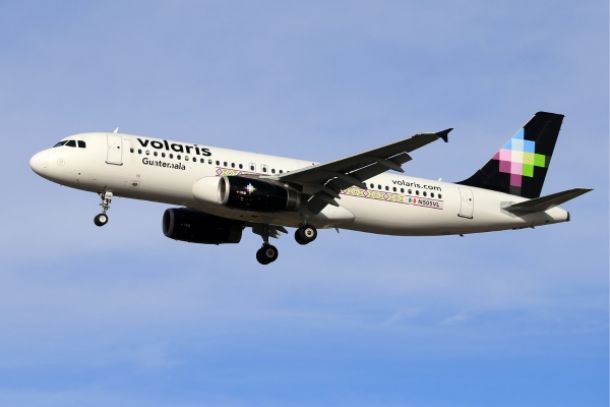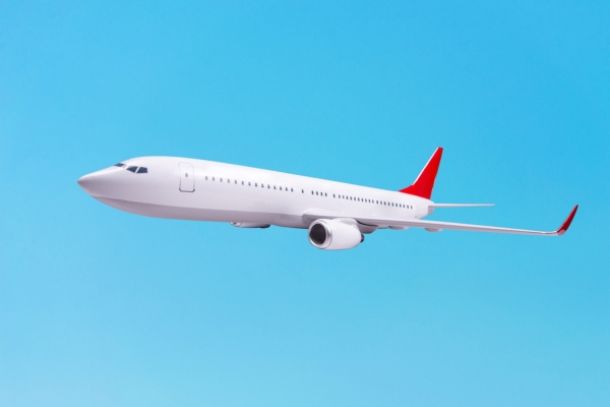How to Save Money by Buying Tickets in Foreign Currencies
How to Save Money by Buying Tickets in Foreign Currencies
When booking flights, many travelers focus solely on the base fare, often overlooking an opportunity to save even more: purchasing tickets in foreign currencies. Due to dynamic pricing and regional economic factors, fares can sometimes vary significantly based on the currency in which you buy them. This article explains the mechanics behind currency-based pricing in airfares, offers practical tips on how to navigate exchange rates, and provides strategies to save money by purchasing tickets in foreign currencies.
Understanding Currency-Based Pricing
Airlines often set prices in the local currency of the country where the booking is made. Due to factors such as currency fluctuations, purchasing power parity, and regional market strategies, the same flight might be priced differently in different currencies. For example, a ticket purchased in a country with a weaker currency may be cheaper when converted to your home currency than a ticket purchased domestically.
- Dynamic Currency Conversion:
Some airlines automatically convert fares based on the customer’s IP address or billing information. However, the conversion rates used may not always be the most favorable, leading to higher overall costs. - Market Segmentation:
Airlines may offer lower prices in markets where consumers have a lower average income. This means that by booking a ticket in a foreign currency—often through a local version of the airline’s website—you may unlock a lower fare.
Benefits of Buying Tickets in Foreign Currencies
- Potential Savings on Base Fare:
Purchasing tickets in a foreign currency can sometimes result in a lower base fare compared to buying in your local currency. This discrepancy arises from differences in exchange rates and regional pricing strategies. - Exploiting Favorable Exchange Rates:
If the exchange rate is favorable, converting your funds might lead to additional savings. Monitoring exchange rates can help you decide when to make a purchase. - Access to Regional Discounts:
Some airlines offer exclusive discounts or promotions targeted at specific markets. Booking in that local currency may allow you to take advantage of these regional offers.
How to Buy Tickets in Foreign Currencies
Step 1: Identify Eligible Airlines and Routes
Not all airlines offer pricing discrepancies based on currency. Start by researching which airlines and routes are known for offering lower fares in foreign currencies. Look for online reviews, travel blogs, and forums where experienced travelers share their tips.
Step 2: Use VPNs or Local Websites
A Virtual Private Network (VPN) can help you access the local version of an airline’s website. By setting your location to the target country, you can often view fares in that country’s currency. Some travelers report lower prices when accessing the site from a foreign IP address.
- Tip:
After setting your VPN to the target location, clear your browser cookies or use incognito mode to avoid any influence from previous searches.
Step 3: Compare Exchange Rates
Before making a purchase, compare the fare in the foreign currency with the equivalent amount in your local currency using real-time exchange rate tools such as XE or OANDA. This helps ensure that the foreign fare, after conversion, is indeed lower than what’s available in your currency.
- Consideration:
Keep in mind that your credit card or bank may charge a conversion fee. Factor this into your calculations to determine the true cost.
Step 4: Use International Payment Methods
Some airlines and booking platforms support international payment methods, such as multi-currency credit cards or services like PayPal, which may offer competitive conversion rates. Check with your financial institution to see if you can minimize foreign transaction fees.
- Pro Tip:
Consider applying for a travel credit card that doesn’t charge foreign transaction fees, as this can further boost your savings when purchasing in a foreign currency.
Tips for Maximizing Savings
- Monitor Exchange Rate Trends:
Exchange rates can fluctuate daily. Use apps or websites that alert you when the exchange rate is favorable. Planning your purchase when the rate is in your favor can lead to additional savings. - Check for Regional Promotions:
Regularly browse the local versions of airline websites or subscribe to newsletters targeted at the region. These promotions may not be advertised internationally. - Be Aware of Payment Fees:
Before finalizing your booking, confirm with your bank or credit card company what fees might apply to foreign currency transactions. In some cases, the savings on the ticket may be offset by these fees. - Consider Using a VPN Regularly:
Even if you don’t purchase immediately, periodically check prices using a VPN set to different regions. This can help you identify trends and spot the best time to buy.
Potential Risks and Considerations
- Ticket Restrictions:
Sometimes, tickets purchased in a foreign currency may come with restrictions or differences in customer service. Make sure you read the fine print and understand the cancellation or change policies. - Currency Fluctuations:
If the exchange rate shifts unfavorably between the time of booking and payment, you might end up paying more than anticipated. Keeping an eye on trends can help mitigate this risk. - Support and Refund Issues:
In the event of a problem, customer service may be more challenging to navigate when your booking is made in a foreign currency. Ensure that you have all the necessary documentation and screenshots of the fare and conversion rates.
Final Thoughts
Buying flight tickets in foreign currencies can be a savvy way to reduce your travel costs if you’re willing to do a bit of extra research and planning. By understanding the dynamics of currency-based pricing, leveraging tools like VPNs, and monitoring exchange rates, you can uncover fares that are lower than those offered in your home currency. As with any strategy, it’s important to weigh the potential savings against any associated risks or fees. With careful planning and a willingness to explore alternative booking methods, you can add another effective strategy to your travel savings toolkit—ensuring that every journey begins with smart, budget-friendly decisions.


